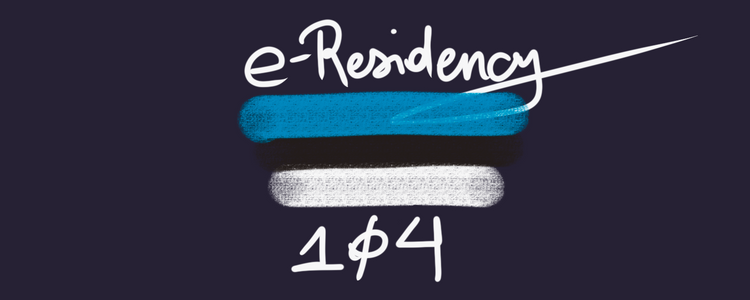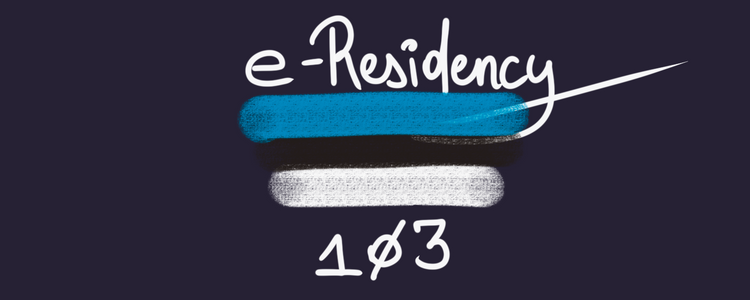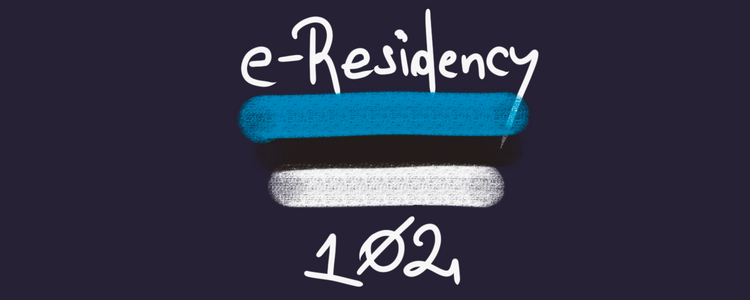39 Goals: A Framework to Realign Your Direction in Life
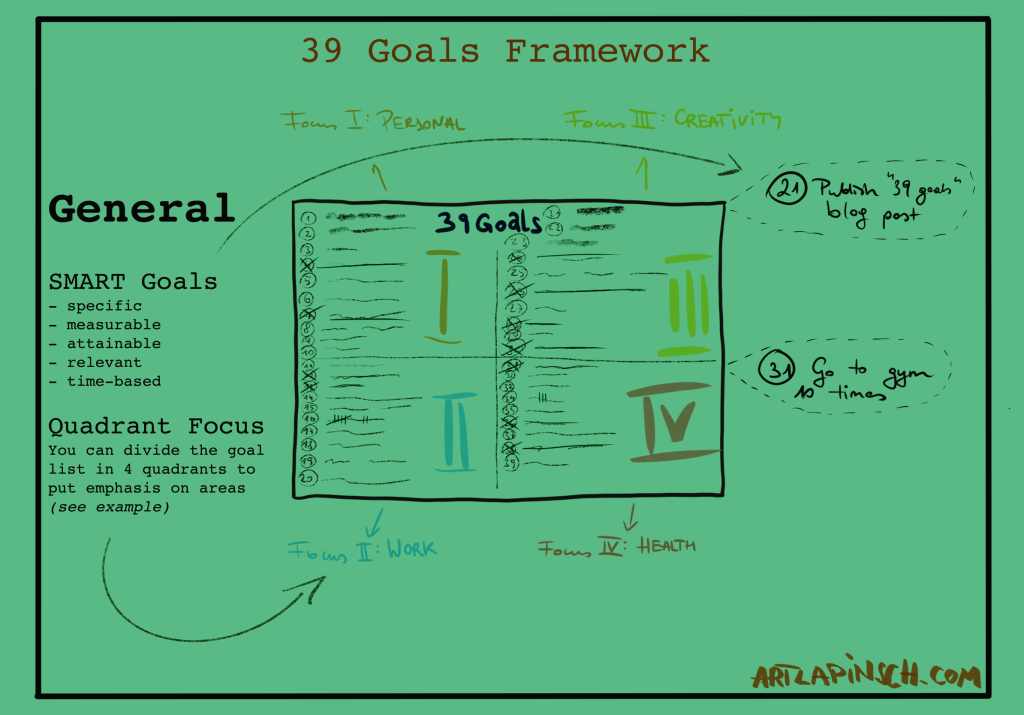
Everyone has dreams.

Turning dreams into actionable goals can help you get there.
Basics: Direction Is Important
If you are pointing in the wrong direction you’ll miss your target.
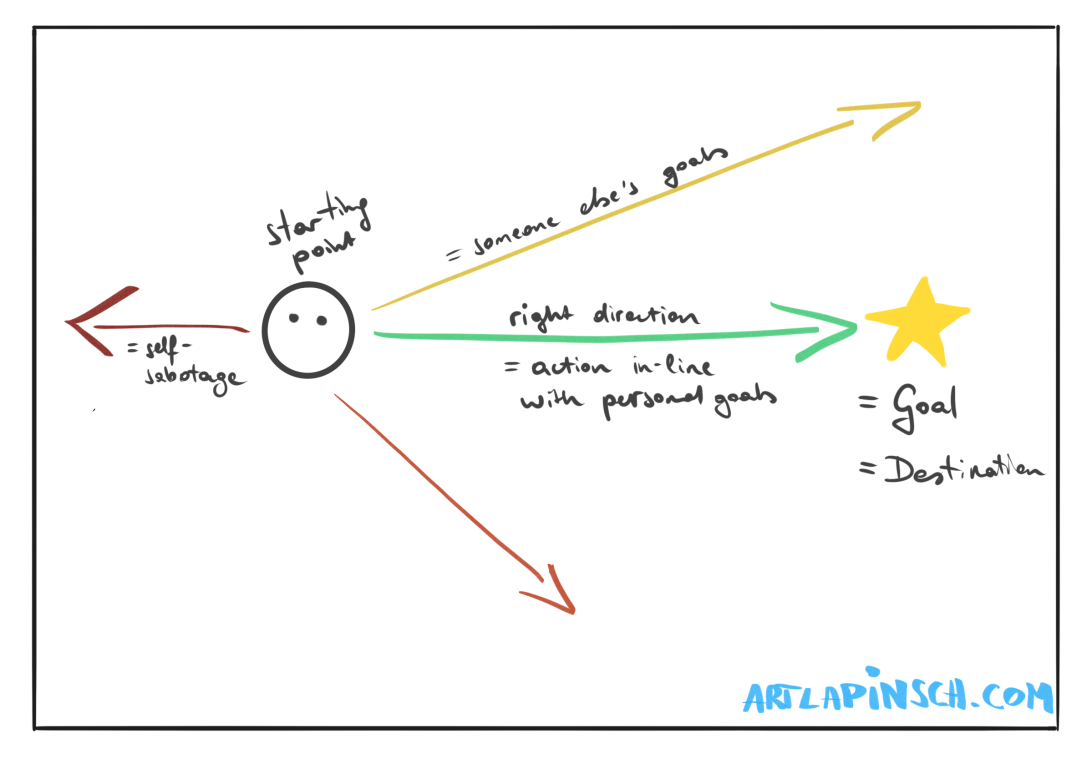
My direction was wrong. It (1) was set by others and (2) was not aligned with my personal goals.
39 Goals: Your Compass
In 2010 I met 2 Dream Developers – Hermann & Katzi from DreamAcademia – who helped me nudge my life into the right direction.

The most impactful tool they introduced me to was a goal-setting framework with a simple premise: Writing down 39 goals/dreams is all you need to do.
It sounded easy. It wasn’t.
Why 39?
- 39 is an odd number, you’ll remember it
- 39 is large enough that you run out of high-level goals (e.g. ‘travel the world’, ‘be healthy’, ‘be successful’) quickly
- 39 forces you to break down high-level goals into smaller, more achievable goals
Benefits
- Checks Pulse: “What are my current priorities?” “Where are my goal destinations?” “Where am I relative to where I want to arrive?” It’s not dissimilar to stopping and looking at the compass to confirm your trajectory.
- Clarifies Ideas: Writing is thinking – sometimes surprising goals surface by doing this exercise
- Creates Purpose: The 39-goals are a great ‘task list’ to execute towards
How To: Setting Goals
What
When introducing this concept to my friends, I frequently get a variation of the following question:
What type of goals should I write down? Should it be long-term goals/dreams (i.e. live on an island) or short-term tasks (i.e. do laundry)?
Hermann & Katzi introduced the framework as a ‘list of your biggest dreams’. The idea is to verbalize seemingly unachievable goals to start deconstructing and potentially finding attainable sub-goals, which help you moving in the right direction.

My initial list featured the following:
- Live in Berlin – broken down from the abstract goal of “travel the world” // still somewhat ‘abstract’ since the definition of “live” was not totally clear
- Live in London
- Live in Paris
- Live in New York
- Talk to 10 strangers – to get more comfortable in new social settings
- Do 80 push-ups in a row – arbitrary health goal. didn’t require a gym and I could do it at home
After comparing my status quo to my ‘dream list’ I realized that my life was not aligned with my personal vision, hence I changed (quit my job + moved to a new city).
How
I use pen and paper to create my list of 39.
It avoids digital distractions and I can hang the list in my bedroom (visible on a daily basis).
I use the piece of paper in landscape format and divide it into four quadrants. Each quadrant holds 10 goals – only the last one holds 9.
How (continued)
My personal addition: I pick a focus for each quadrant.
Examples:
- Fitness/Health
- Creativity
- Work/Career
- Finance
- Social
Usually I select the focus areas depending on where I see ‘room for improvement’. This ties also ties back to my annual review.
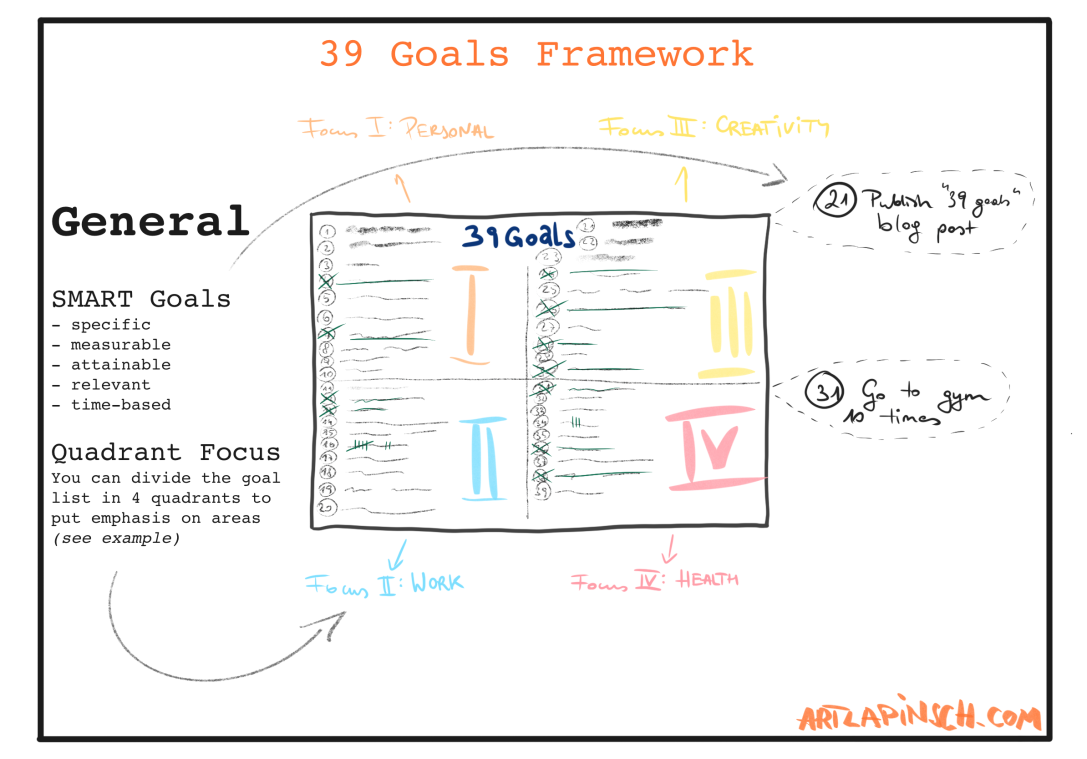
When
It is an iterative process now: goals change. It is almost like ‘personal OKRs‘ – a regular check in with yourself.
I usually do this exercise every six months since by now I set stretch goals, which are realistically achievable in the short- to mid-term.
After having achieved a handful of dreams from my initial list I set my goals now as a mix of tactical chores (e.g. finalize tax return), some realistic goals (i.e. complete 1 illustration course) and some stretch goals (i.e. DJ in a new city).
Bottomline: Destination, Direction, Action
Know your destination, then start moving in the right direction.
- Destination: Complete the exercise to identify your goals
- Direction: Set smart goals to have an actionable task list
- Action: Similar to OKRs // even if you don’t achieve 100% it’s a move in the right direction
FURTHER READING:
- Goals vs. Systems (Scott Adams) – Interesting article about designing ‘habit systems’
- GTD in 15 Minutes (Erling Hamberg) – Good introduction into Getting-Things-Done Methodology // loosely related to this topic



